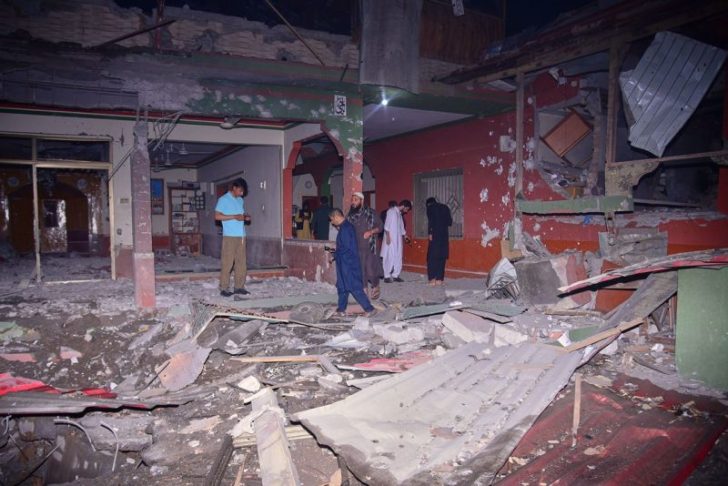Pakistan and India have one of the most intense and unstable borders on Earth. The Line of Control, or LoC, cuts through the disputed region of Kashmir and has turned into a nerve-wracking frontline. People here live under the shadow of war, even during so-called peacetime.
After the Pahalgam attack, everything changed. Artillery started flying. Homes crumbled. Lives ended. On the Indian side, at least 16 people were killed. Pakistan says it lost 40 civilians.
The Border Is Born From War
The LoC began in 1949 after the first war between Pakistan and India. It was called the Ceasefire Line back then. In 1972, the Simla Agreement gave it its current name. But the paperwork hasn’t stopped the bullets.

MNP / The LoC now slices across Kashmir, a region both nuclear countries claim and neither will give up.
This stretch of land is now one of the most heavily militarised zones in the world. Soldiers watch each other through scopes. Artillery and mortars sit ready. One wrong move, one small spark, and the guns roar again.
Fragile Ceasefires
Ceasefires come and go. Some last weeks, some years. But they are always fragile. One cross-border raid, one infiltration, and the peace shatters like glass. Violations here aren’t rare. They can start with small-arms fire and escalate to full-scale strikes on posts and villages.
The violence isn’t random either. According to experts like Happymon Jacob, ceasefire violations often have a purpose. Sometimes, it is cover fire for militants trying to sneak into Indian-controlled Kashmir. Other times, it is about grabbing key spots like ridgelines or bunkers before the other side does.
Between 2001 and 2002, before the 2003 ceasefire, India reported over 9,000 violations. That truce brought a quiet spell from 2004 to 2007. But by 2008, things started heating up again. By 2013, it was almost constant. Then, in 2021, both sides agreed to silence the guns once more.
For a while, it worked. Cross-border firing dropped. Civilians went back to farming, sleeping without fear. But peace didn’t last. The Pahalgam attack reopened old wounds. Shells started falling again.
Treaties Are Cracking Under Pressure
The fallout has gone beyond gunfire. India suspended the Indus Waters Treaty, a key water-sharing deal. Pakistan threatened to walk out of the Simla Agreement. If that happens, even the basic framework that holds this uneasy border together could collapse.

E News / Experts say the LoC violence doesn’t always come from the top. Many times, it is local commanders making calls on their own.
They are not always following orders from Delhi or Islamabad. It is about pressure, retaliation, and sometimes just making a point.
The Blame Game Continues!
Pakistan and India both claim that the other side starts the shooting. India says Pakistan helps militants sneak across. Pakistan says India fires at civilians without warning. The truth is, both sides have their own reasons and rarely agree on who shot first.
There are real people caught in the crossfire. Families live in bunkers. Kids miss school. Fields go untended.
Foreign policy experts like Sumantra Bose compare the LoC to other tense borders, like Israel’s Green Line. But what makes the Pakistan and India situation even more dangerous is the nuclear backdrop. Both nations have the bomb!
One idea that has been floating for years is turning the LoC into a permanent, internationally recognised border. Some say that could end the constant back-and-forth. Others argue it would never fly politically, especially with Kashmir still unresolved.

